Summer getaways will be different this year. Coronavirus has altered plans to far flung destinations. Road trips will be popular, as they were years ago. Slow paced exploration in nearby states, national parks, and hiking spots are on the itinerary.
Self contained modes of transportation such as cars and RV’s will take precedence over planes. Hotels will be bypassed for camper bunks and tents.
Having taken a cross country RV road trip a few years ago, I can attest to the laughter, adventure, and camaraderie enjoyed on such a vacation.
My husband, two nephews — ages 8 and 16 — and I rented an RV and drove from San Diego, CA to Niagara Falls, NY
There are specifics you’ll need to know before hitting the open road. The type/class of RV which best suits your excursion, rental options, amenities, generators and mileage charges. And, most important, if you’re able to drive a large RV. The process is simple. Here are steps to follow for an unforgettable holiday.
How to rent an RV for a summer road trip!
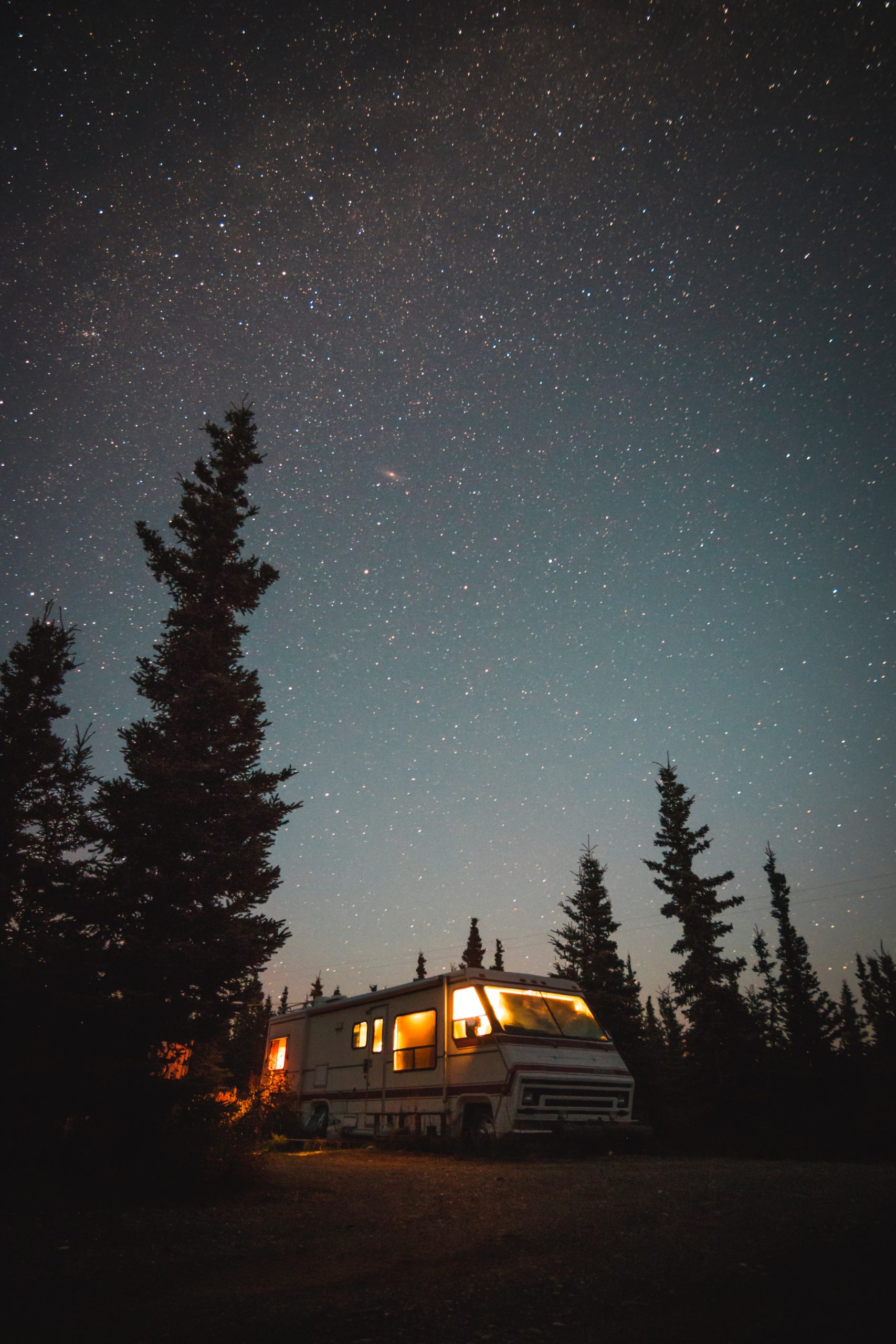
Choosing the Correct RV
There are different types of motor homes. They are divided into those in which you drive inside the RV and those you tow behind your vehicle. Of the drivable choices there are three:
The largest recreational vehicle class. They range from 21 feet to 45 feet in length, with the average being roughly 33 feet. Height is 10 feet. The frame is built on a commercial bus chassis, similar to an 18-wheeler truck. Typically six to ten people can sleep comfortably inside. There is a bedroom in the back, and couches which convert into beds. Gas mileage is anywhere from seven to ten miles per gallon. Its size makes it more challenging to maneuver. Average rental cost per night: $225.
First time motorhome renters may want to opt for something smaller.
The smallest of the three classes, despite being in the middle alphabetically. It looks like a large van. Inside is a bed, kitchenette, bathroom, and storage. It’s tall enough to stand up. Ease of drivability and gas mileage are a plus. Parking is a breeze, as is maneuvering on back country roads. Average rental cost per night: $150.
Two people would be the most comfortable if renting this vehicle.
This model is most desirable because its pickup truck chassis is more comfortable to drive. Moreover, it comes equipped with the amenities of a larger RV — living room, dining table, bed, closet, and bathroom. Class C is most recognizable by its over the cab sleeping area. The 20 feet to 30 feet length is a good compromise between the Class A and B.
My family rented a 25 foot, standard Class C RV for our trip. Plenty of space for our group of four. Power steering and automatic transmission made handling a breeze. Average rental cost per night: $175.
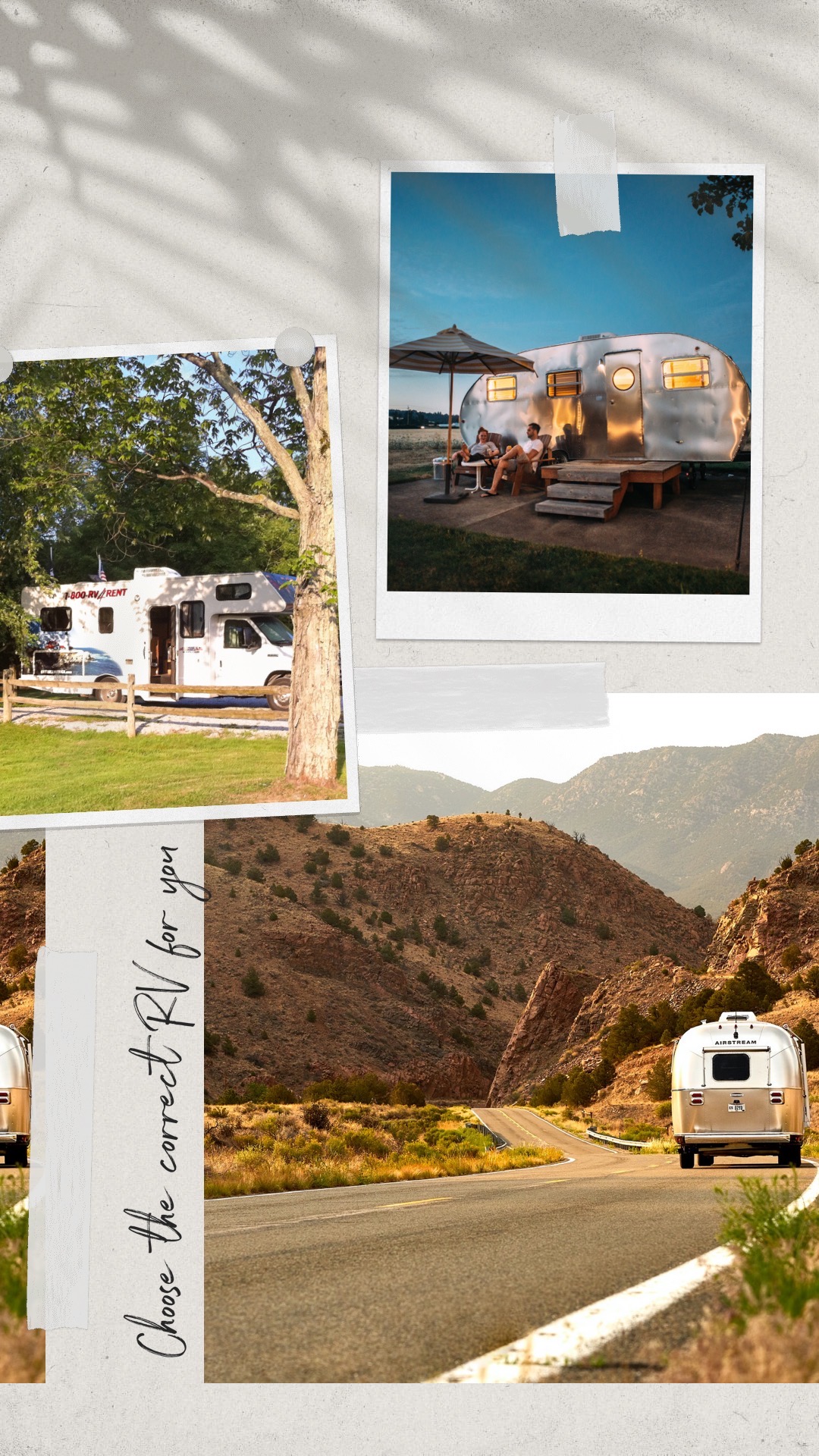
These come in a range of sizes and must be towed behind a vehicle. They aren’t offered for rent at many dealers. Some have folding tents attached to the trailer. Others, a compartment to carry ATV’s or snowmobiles — “toy haulers” as they’re referred to in the trade. The largest of this class is the Fifth Wheel. It’s heavy and often requires an in-bed truck tow hitch.
If you’ve never towed a trailer, keep in mind maneuverability can be difficult when backing up and parking.
No matter which RV you choose to rent, first take a test drive to make sure it’s the correct RV for you.
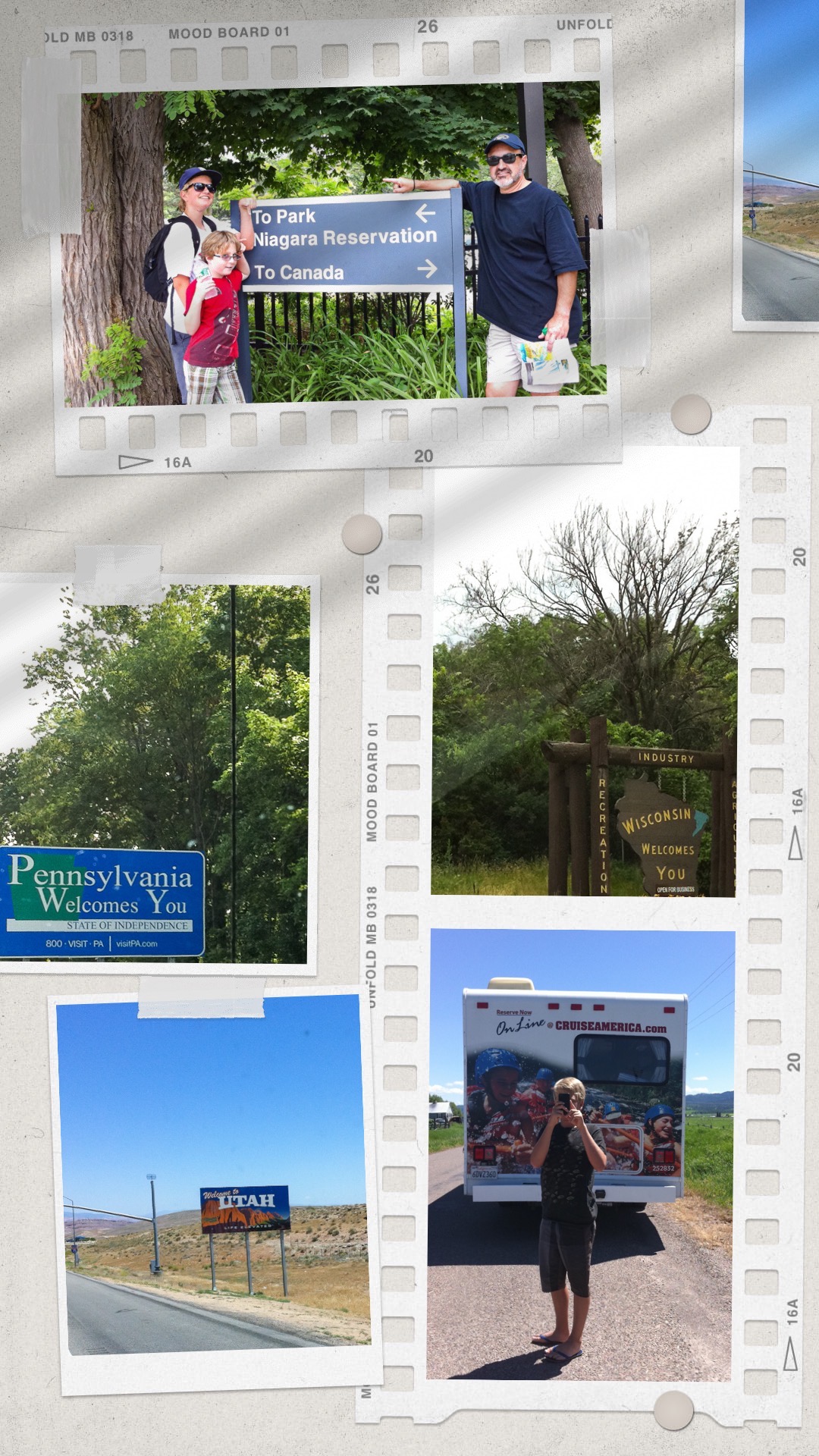
Drivers License
Where you rent your RV will determine driver’s license requirements. My family leased from Cruise America. All their motor homes are Class C, which requires only a non-commercial, valid drivers license to operate. In most cases you don’t need a commercial license to operate an RV. But, this can vary by state. However, should you rent from a company who’s RV’s are over a certain weight or size, a commercial license may be mandatory.
Check with your rental agent for the driver’s license rules.

Insurance
Your car insurance provider will tell you what coverage, if any, is included with an RV rental. They may offer some coverage such as property damage when parking in a campsite, or even liability and collision.
RV rental agencies usually include coverage for minimal vehicle loss or damage, and reimbursement if the motorhome breaks down, requiring service. Interior damage is not covered.
I recommend supplemental insurance. Most of the large insurance companies offer policies. Numerous factors will determine the price — the RV size and age, your driving record, and the amount of deductible all play a role in the price. A very general estimate is between $15 – $30 a day. Contact three to four reputable insurance companies and get several quotes before deciding which is best for you.
Err on the side of excessive coverage.
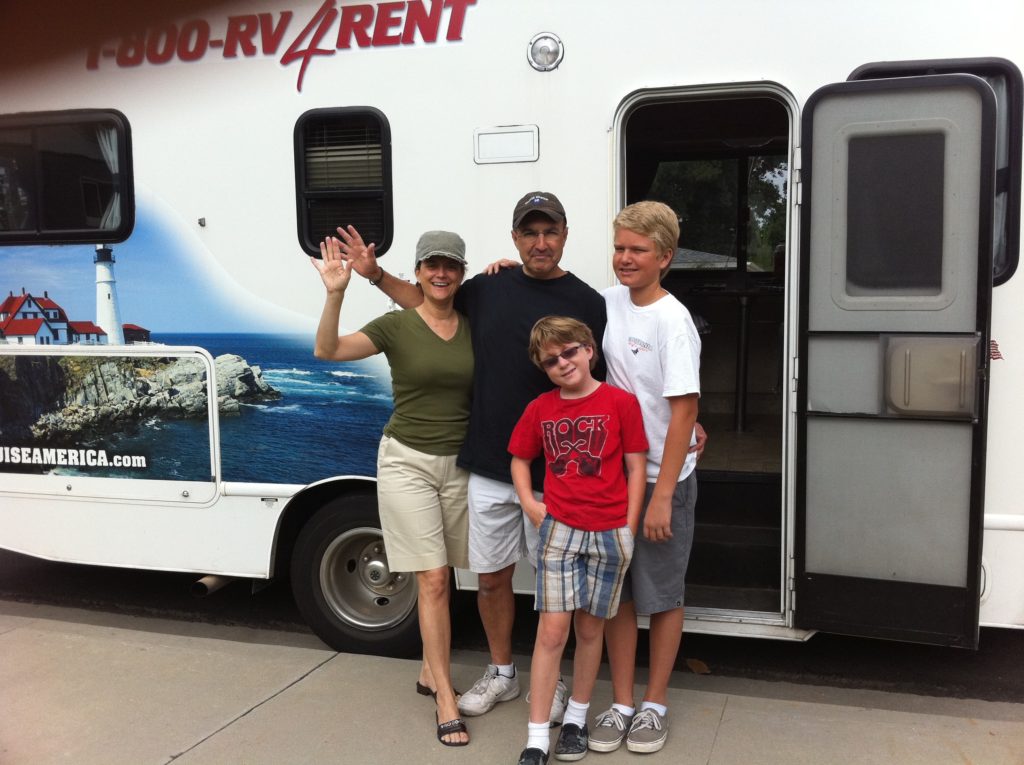
Where to rent an RV
First determine if you will rent the RV for a round trip or one way, and the length of time you’ll have the RV. Due to my family’s two week, coast-to-coast vacation, we opted to rent our motorhome for a one-way trip, then fly home. Not all dealers give the option, so check before booking.
With your RV rental knowledge now bolstered, here are a few places where you can rent a motorhome.
Remember, have fun and the journey is the destination.
Related Posts:
San Diego Zoo Opens Wildlife Explorers Basecamp
Apple Pie Recipes Shared by Inns

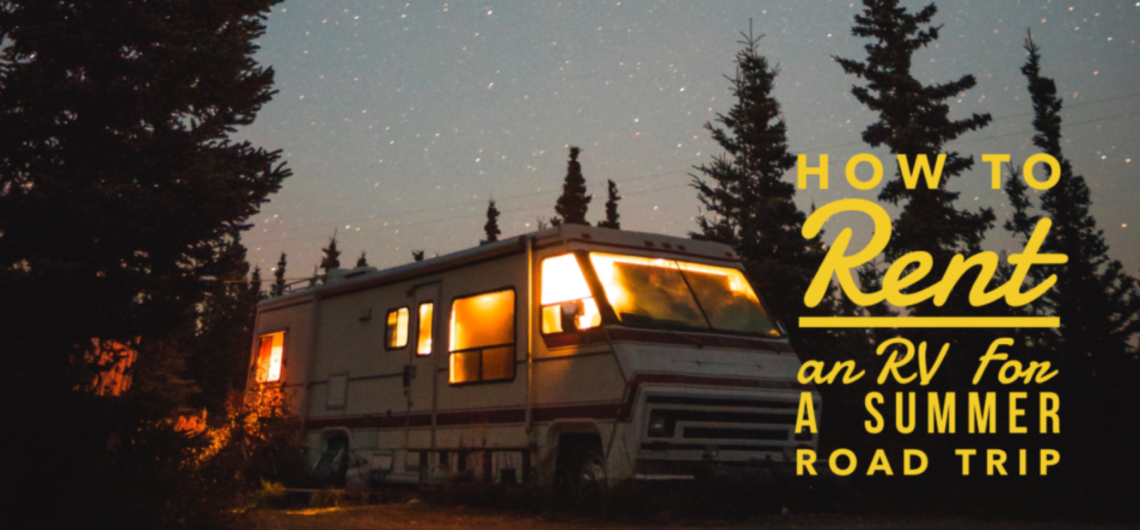
Comments